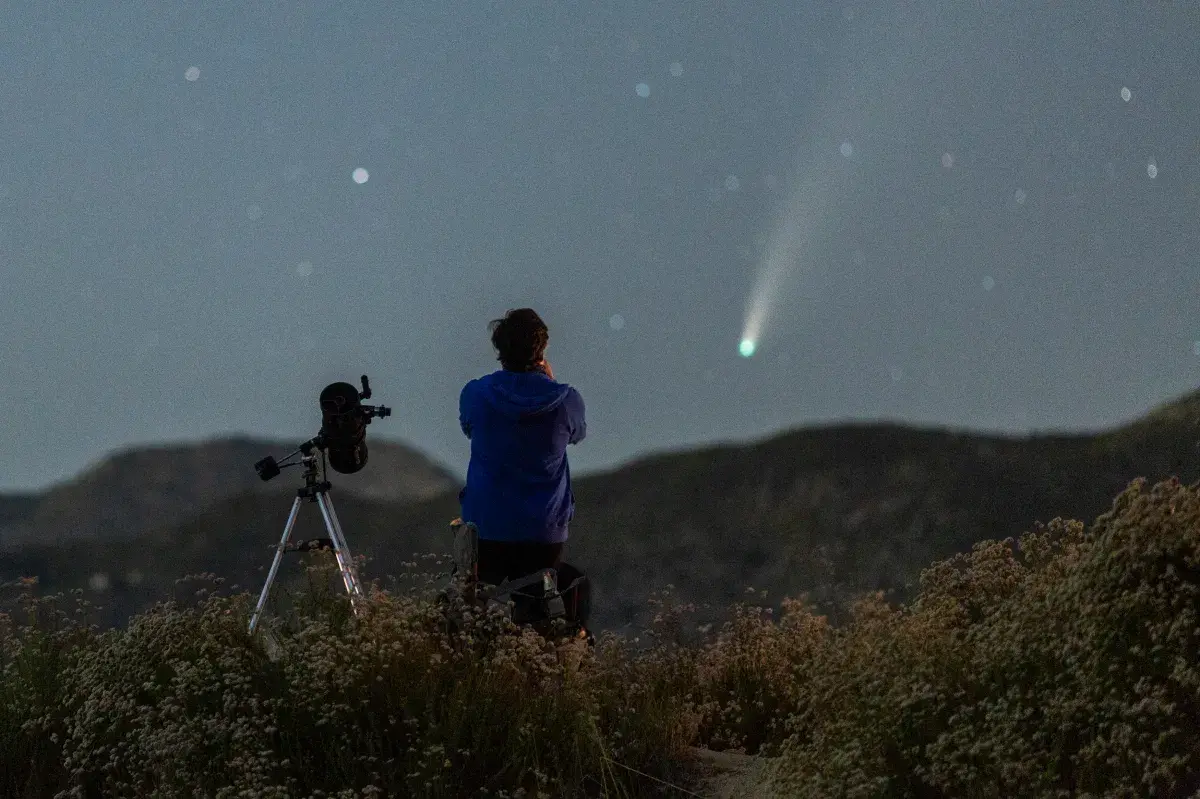Copyright Newsweek

Having made its closest approach to the sun on Wednesday October 29, comet 3I/ATLAS will soon be visible from Earth again—before it leaves our solar system. While the comet—first spotted in July—has spent the last few weeks on the other side of the sun from Earth, it is expected to soon become viewable again from Earth for those with large enough backyard telescopes. For stargazers in the northern hemisphere, comet 3I/ATLAS will appear in the coming week in increating brightness, moving northward in the night sky. It will make its next closest pass of the Earth on December 19, getting within 168 million miles—or about 1.8 times the distance between the Earth and the sun. According to NASA, “3I/ATLAS is the third known object from outside our solar system to be discovered passing through our celestial neighborhood” and it “clearly originates from outside our solar system.” Last week Harvard professor Avi Loeb told Newsweek that comet 3I/ATLAS's perihelion—the point on its orbital course that brings it closest to the sun—offered the opportunity for an “acid test” to assess whether there was any chance of it being an extraterrestrial spacecraft as he speculated. Regardless, the interstellar object drew attention from its rapid surge in brightness as it neared perihelion, including from those more certain of that the object has a natural origin. In a preprint study of data on collected by an observing spacecraft, scientists reported “a rapid rise in the comet's brightness” and color photometry that showed “the comet to be distinctly bluer than the Sun.” However, they said the reason for this “remains unclear.” With comet 3I/ATLAS having passed behind the sun in late October as expected, NASA says that the body is on course to pass by Jupiter in March 2026 as it makes its way back out of our solar system. But before this, it will reappear on our side of the Sun early in December, allowing for renewed observations from Earth. “On December 19, 2025, 3I/ATLAS will be closest to Earth. My hope is that it will not deliver to Earth any unwanted gifts for the holidays!” Loeb told Newsweek. “It can be observed with any telescope of an aperture larger than 30 centimeters.” NASA has emphasized comet 3I/ATLAS poses no threat to Earth and will remain far away. “The closest it will approach our planet is about 1.8 astronomical units (about 170 million miles, or 270 million kilometers).” Do you have a tip on a science story that Newsweek should be covering? Do you have a question about comet 3I/ATLAS? Let us know via science@newsweek.com. Reference



